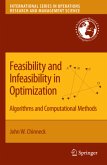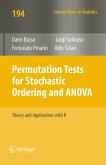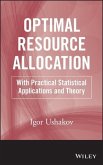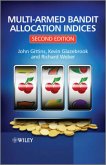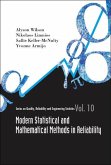With the advance of new computing technology, simulation is becoming very popular for designing large, complex, and stochastic engineering systems, since closed-form analytical solutions generally do not exist for such problems. However, the added flexibility of simulation often creates models that are computationally intractable. Moreover, to obtain a sound statistical estimate at a specified level of confidence, a large number of simulation runs (or replications) is usually required for each design alternative. If the number of design alternatives is large, the total simulation cost can be very expensive. This book addresses the pertinent efficiency issue via smart allocation of computing resource in the simulation experiments for optimization, and aims to provide academic researchers and industrial practitioners a comprehensive coverage of OCBA approach for stochastic simulation optimization. Starting with an intuitive explanation of computing budget allocation and a discussion of its impact on optimization performance, a series of OCBA approaches developed for various problems are then presented, from the selection of the best design to optimization with multiple objectives. Finally, this book discusses the potential extension of OCBA notion to different applications such as data envelopment analysis, experiments of design, and rare-event simulation.



